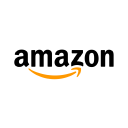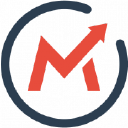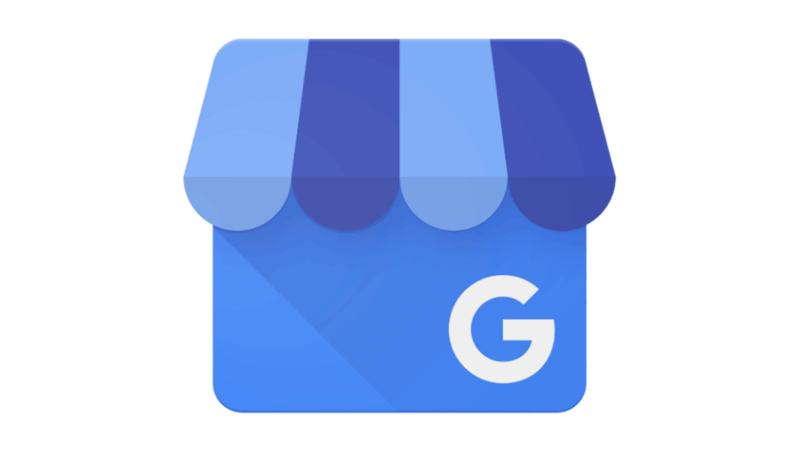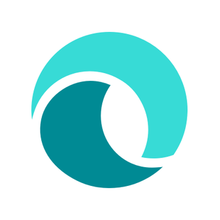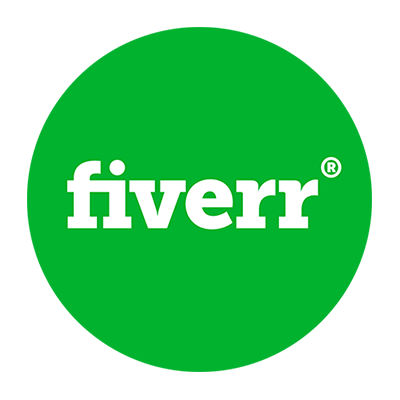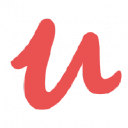From Amateur Photographer To Starting A $10K/Month Product Photography Business
Note: This business is no longer running. It was started in 2014 and ended in 2024. Reason for closure: Shut down.
Hello! Who are you and what business did you start?
Hi, My name is Sepideh Maleki. I am a photographer based in the Seattle Metro Area, WA. I started my business as a Product Photographer in 2014. I do product, clothing, jewelry, and Lifestyle photography for Amazon sellers and online store owners.
I have recently added Website development to my services with the help of my brother, Alex.
Our business, on average, generates around $10k per month, and it is growing.

Try to find a problem first and then think of a solution that can benefit me as well as my customers.
What's your backstory and how did you come up with the idea?
I used to do photography for a couple of years before starting my business, but it was more about taking photos of the beautiful nature of Washington State and British...

Download the report and join our email newsletter packed with business ideas and money-making opportunities, backed by real-life case studies.

Download the report and join our email newsletter packed with business ideas and money-making opportunities, backed by real-life case studies.

Download the report and join our email newsletter packed with business ideas and money-making opportunities, backed by real-life case studies.

Download the report and join our email newsletter packed with business ideas and money-making opportunities, backed by real-life case studies.

Download the report and join our email newsletter packed with business ideas and money-making opportunities, backed by real-life case studies.

Download the report and join our email newsletter packed with business ideas and money-making opportunities, backed by real-life case studies.

Download the report and join our email newsletter packed with business ideas and money-making opportunities, backed by real-life case studies.

Download the report and join our email newsletter packed with business ideas and money-making opportunities, backed by real-life case studies.

